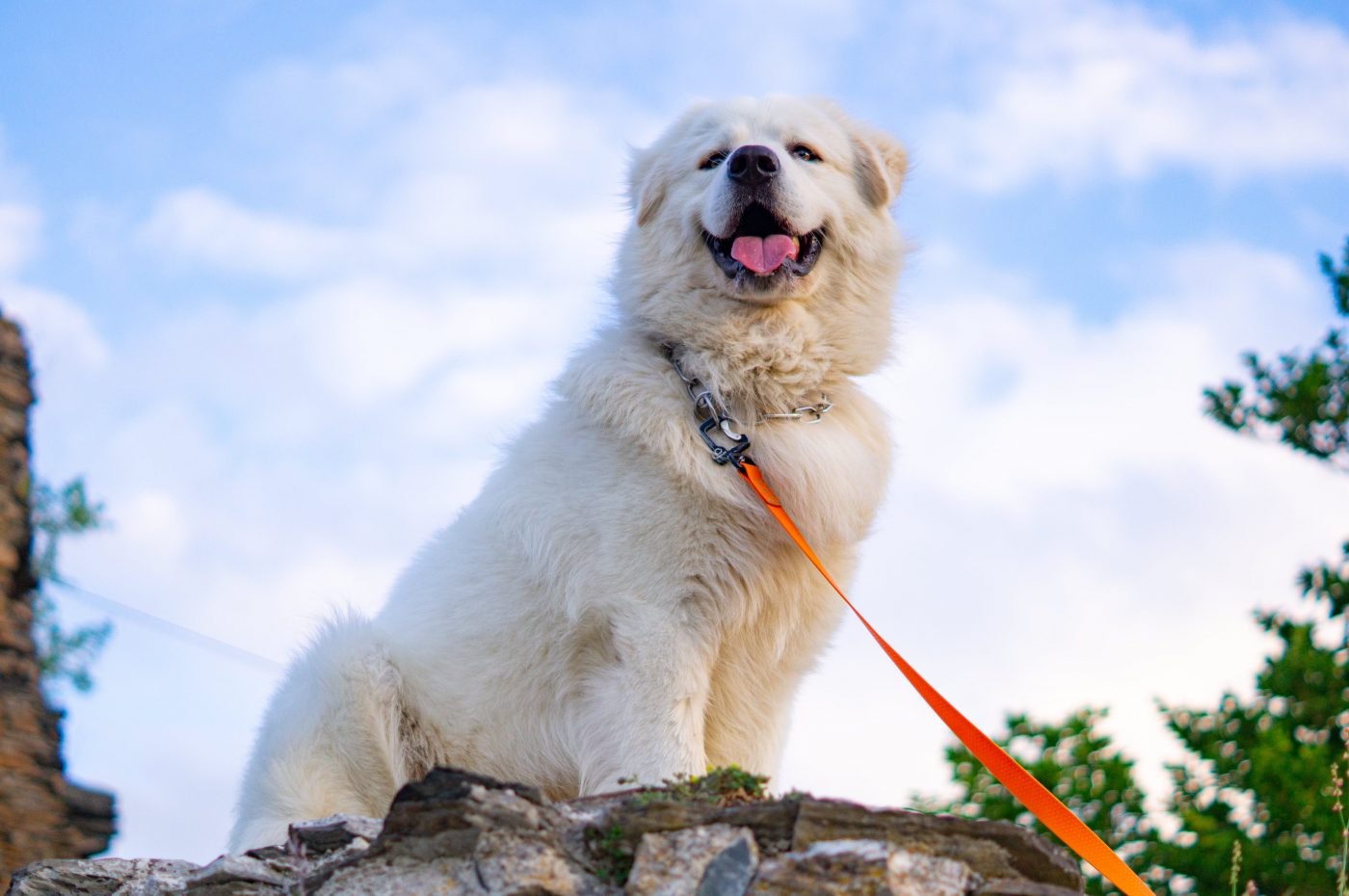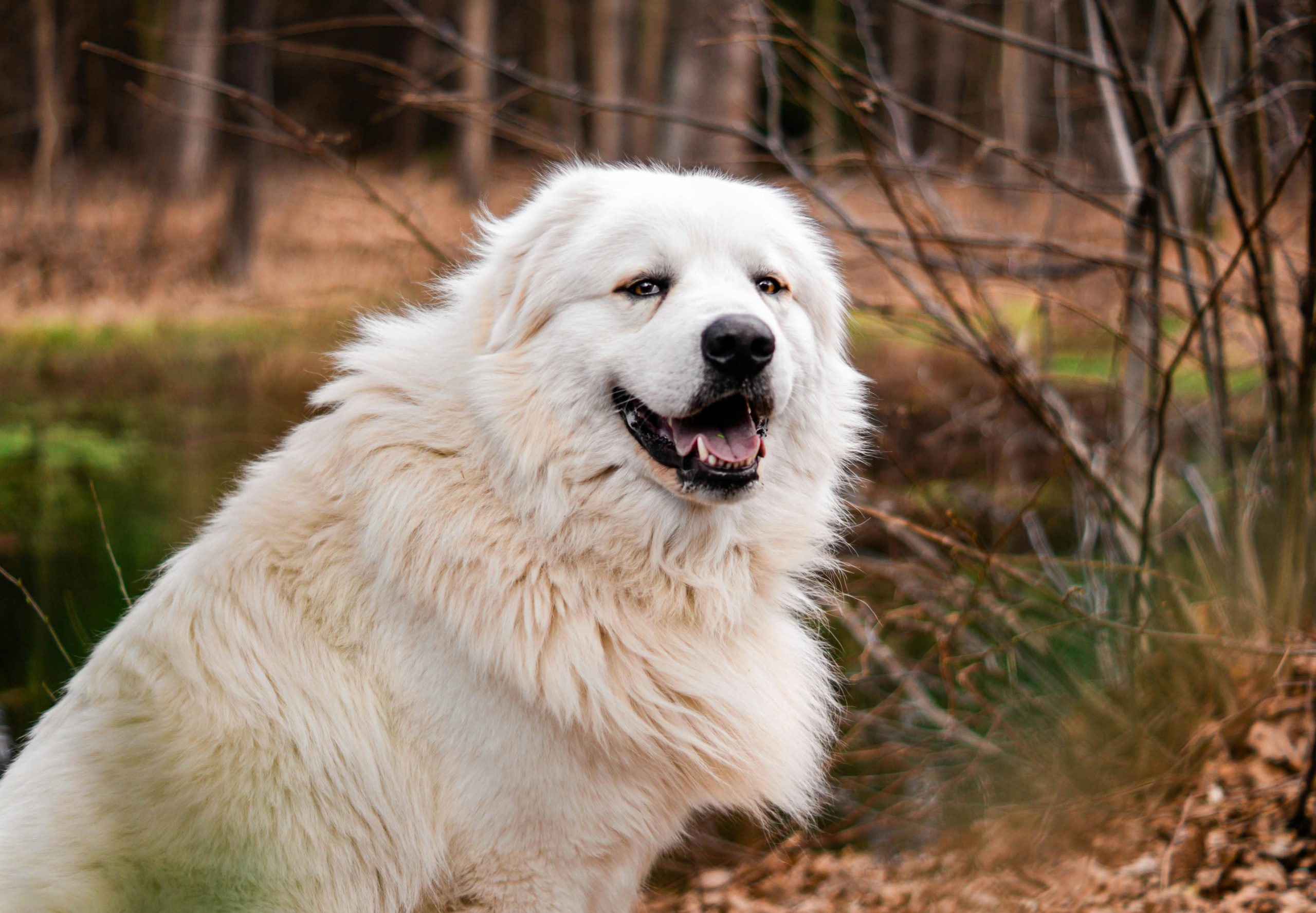The Great Pyrenees, known for their majestic appearance and gentle temperament, are a breed that has long been admired for their ability to thrive in harsh climates. Originating from the Pyrenees Mountains between France and Spain, these dogs are well adapted to cold weather. This comprehensive article examines how well the Great Pyrenees cope with cold conditions and provides detailed guidelines for their care during the winter months.
Understanding the Great Pyrenees’ Cold Weather Adaptations
The Great Pyrenees have a dense, double-layered coat that is both waterproof and snow-resistant, offering them excellent protection against cold weather. This breed was developed in mountainous regions, specifically adapted to guard livestock in cold, snowy environments. Their physical attributes make them naturally well-suited to colder climates.
Cold Tolerance in Great Pyrenees
Thanks to their thick, insulating coat, the Great Pyrenees have a high tolerance for cold weather. They are comfortable in snowy and icy conditions and can tolerate much lower temperatures than many other breeds. However, this does not mean they are invulnerable to the risks of extreme cold.
Recognizing Cold Weather Limits for Great Pyrenees
Even though the Great Pyrenees are well-equipped for the cold, there are limits to what they can withstand. Prolonged exposure to extreme cold without shelter, particularly in windy or wet conditions, can still pose risks. Owners should ensure that their dogs have access to warm, dry shelter, especially in severe weather conditions.
Optimal Outdoor Conditions for Great Pyrenees
Great Pyrenees thrive in cool to cold conditions but require adequate shelter and access to unfrozen water. Their thick coat provides natural protection, but during extremely harsh weather, even these robust dogs need a place to escape the elements.
Indoor Comfort for Great Pyrenees During Winter
While the Great Pyrenees are well-adapted to cold weather, they still appreciate a warm and comfortable indoor environment. Providing a cozy place to sleep away from drafts and maintaining a stable indoor temperature is important for their comfort.
Exercise and Mental Stimulation in Cold Weather
Regular exercise is important for the Great Pyrenees, even in winter. Their love for cold weather often makes them more active during this season. Owners should ensure that they get enough physical and mental stimulation, balancing outdoor activities with indoor rest.
Dietary Needs During Colder Months
The dietary needs of Great Pyrenees may increase slightly during the winter, especially if they spend a lot of time outdoors in the cold. More calories are often required to help them maintain body heat. However, it’s important to monitor their food intake and body condition to prevent obesity.
Grooming and Skin Care in Winter
Regular grooming is essential for maintaining the health and insulation properties of the Great Pyrenees’ coat. Winter grooming should focus on keeping their coat mats free and clean, and special attention should be given to their paws to prevent issues caused by snow and ice.
Behavioral Changes in Cold Weather
Owners might notice behavioral changes in their Great Pyrenees during winter. Many of these dogs become more lively and playful in the cold, enjoying outdoor activities. However, it’s important to watch for any signs of discomfort or reluctance to be outside, which could indicate an issue.
Conclusion: Ensuring Your Great Pyrenees’ Comfort in Cold Weather
The Great Pyrenees are well-equipped to handle cold weather but still require proper care and attention during the winter. By understanding their needs, providing appropriate shelter, and monitoring their diet, exercise, and grooming, owners can ensure that their Great Pyrenees remain healthy and comfortable throughout the colder season.
Frequently Asked Questions About Great Pyrenees and the Climates They Thrive In


1 Comment